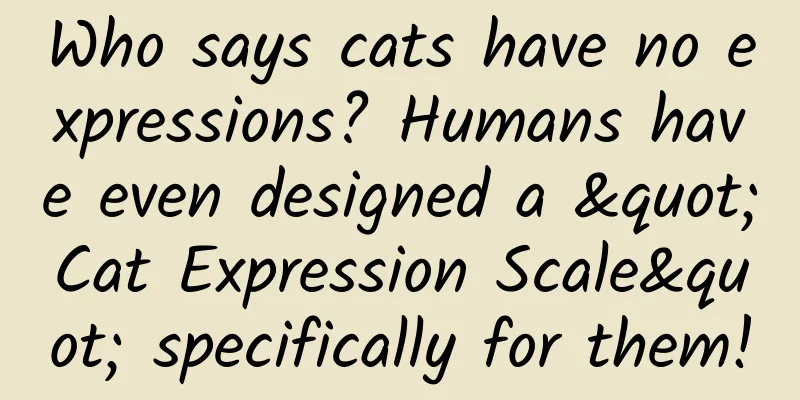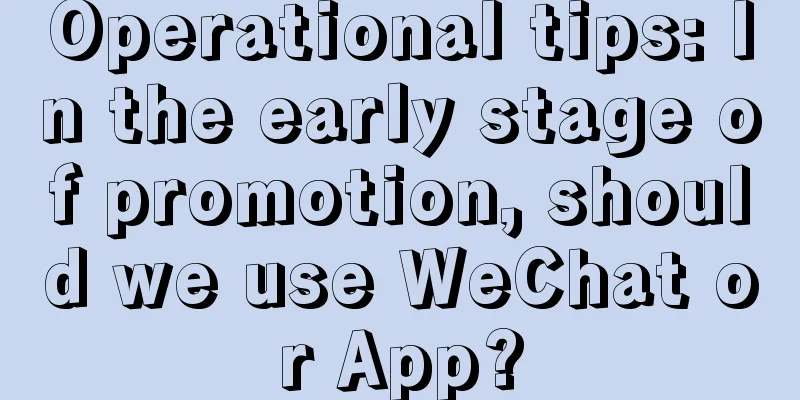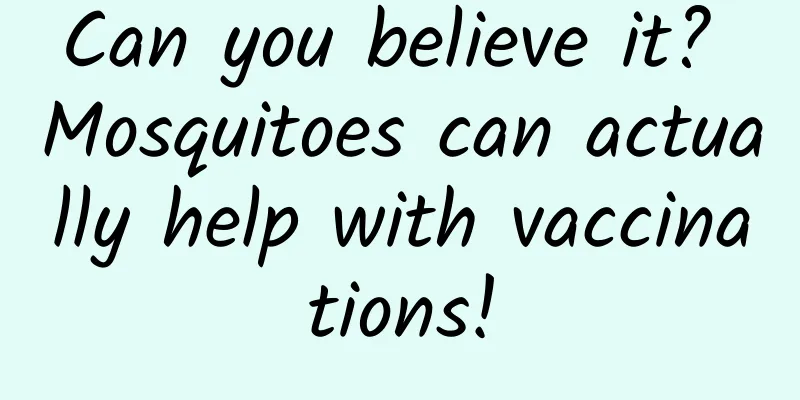Who says cats have no expressions? Humans have even designed a "Cat Expression Scale" specifically for them!

|
Leviathan Press: The reason why recognizing cat's facial expressions is important is not only because it is related to whether the cat's owner is happy, but also because it is related to health - because for ordinary owners, when cats are sick or undergoing surgery, it seems difficult to read whether they are suffering from pain through their faces. To this end, researchers at the University of Calgary have designed a "Feline Grimace Scale" to help people understand what a cat's specific expressions mean. The scale may also measure the severity of a cat's pain. Cats are sometimes misunderstood for their aloofness or lack of expression. Compared to dogs, cats tend to express themselves in more subtle ways—perhaps just wiggling an ear or twitching a whisker. So far, only a few studies have attempted to decode the mysterious emotional lives of these creatures. © Olivia ZZ via Getty Images But now, according to a study published in October in the journal Behavioral Processes, cats use nearly 300 different facial expressions to communicate with each other[1]. “Many people still mistakenly believe that cats are a largely nonsocial species,” Daniel Mills, a veterinary behaviorist at the University of Lincoln who was not involved in the study, told Christa Lesté-Lasserre at Science. “There’s clearly a lot we don’t know.” To gather data on these furry companions, Lauren Scott, a researcher at the University of Kansas Medical Center, frequented a cat cafe in Los Angeles over the course of about a year and recorded videos of 53 cats interacting with each other. All were adult domestic cats, both male and female, according to the study. © The Times In total, Scott collected 194 minutes of feline videos containing 186 interactions, and with the help of her co-author, Lyon College evolutionary psychologist Brittany N. Florkiewicz, she analyzed the cats’ facial cues. They found 276 expressions composed of 26 facial movements, including changes in ear position, blinking, licking the nose, and movements of the whiskers and mouth (for comparison, humans have about 44 facial movements and dogs have 27). Of all the expressions, about 45% (or 126) were classified as friendly, 37% as aggressive, and 18% as ambiguous.[2] "These findings suggest that it's helpful to look at a cat's ears, eyes and whiskers to understand if they're friendly," Vlokiewicz told Earth.com's Andrei Ionescu. "Their mouths provide a lot of information about whether a cat might be ready to fight. People might think that cats' facial expressions are only meant to warn other cats and people, but this study suggests that pet cats are actually social and tolerant." © SensorSpot/Getty Images The team also found a "common expression" in cats, characterized by a dropped chin and a pulled-back mouth, Live Science reported. People, dogs and monkeys share similar expressions in funny situations. While the study sheds new light on cats' emotions and behaviors, the team still can't decipher exactly what each expression means. As Florkiewicz told CNN's Hafsa Khalil, this could be explored in future studies. Still, the scientists found some patterns: In friendly interactions, cats tended to move their ears and whiskers toward each other, while in unfriendly interactions, they moved their ears and whiskers away. In hostile encounters, the animals often narrowed their pupils and lowered their ears. Cats can express negativity and hostility through their ears being lowered and whiskers being pulled back. © Getty Images The new research could help people who are looking to adopt a cat find one that's more likely to get along with their existing pet, or help pet owners better understand their feline companions. It might even one day lead to an app that can decode cats' facial expressions, and Live Science reports that companies have already contacted the researchers about the possibility. "Our study suggests that cat communication is more complex than previously thought," said Frokiewicz. "We hope to expand our sample size to include cats living in other locations ... and look at facial expressions in cats living in multi-cat households and in wild colonies." © Tenor References: [1]www.sciencedirect.com/science/article/abs/pii/S0376635723001419?via%3Dihub[2]www.livescience.com/animals/cats/cats-have-nearly-300-facial-expressions-including-a-play-face-they-share-with-humans By Margaret Osborne Translated by tamiya2 Proofreading/tim Original article/www.smithsonianmag.com/smart-news/cats-make-nearly-300-different-facial-expressions-180983185/ This article is based on the Creative Commons License (BY-NC) and is published by tamiya2 on Leviathan The article only reflects the author's views and does not necessarily represent the position of Leviathan |
Recommend
Qian Wenzhong's complete audio of Buddhism is shared and downloaded on Baidu Cloud Disk.
Qian Wenzhong is a professor at the History Depar...
Samsung, LG and other Korean battery manufacturers increase investment in China: targeting the new energy vehicle industry
According to BusinessKorea Beijing time on May 5,...
Moles can also become cancerous! Check out if your mole is dangerous →
Everyone has some moles on their body. Most moles...
Why is the scent of osmanthus so difficult to replicate?
This autumn, I was wrapped tightly in the fragran...
Toutiao | Advertising Optimization Guide (Practical)
As one of the mainstream forms of mobile Internet...
OpenAI officially released: ChatGPT "Classroom Teaching" Usage Guide
In February this year, the University of Hong Kon...
Water celery or poison hemlock? Don't pick wild vegetables on the roadside
As spring arrives and the temperature rises, many...
Are black takeaway spoons poisonous? Do you still dare to use them?
Editor: Gong Zixin When you order takeout, do you...
Wearable camera as big as a pinhole camera
A new smart wearable camera "WearWise" ...
How can Sharp save itself despite huge losses in LCD business?
A year later, huge losses hit Japanese home appli...
I really like what Pulsar said: You don’t even want to call me a lighthouse.
Well-known Black holes are not holes, they are co...
Microsoft and Touch Technology invest heavily in Windows Game Contest
Recently, Chukong Technology and Microsoft jointl...
Android, a dirty way to get all the photos in a girl's phone album...
1. When I saw this title, I inexplicably wanted t...
2022 Marketing Strategy Trend Report!
In 2021, the local recurrence of the epidemic has...









